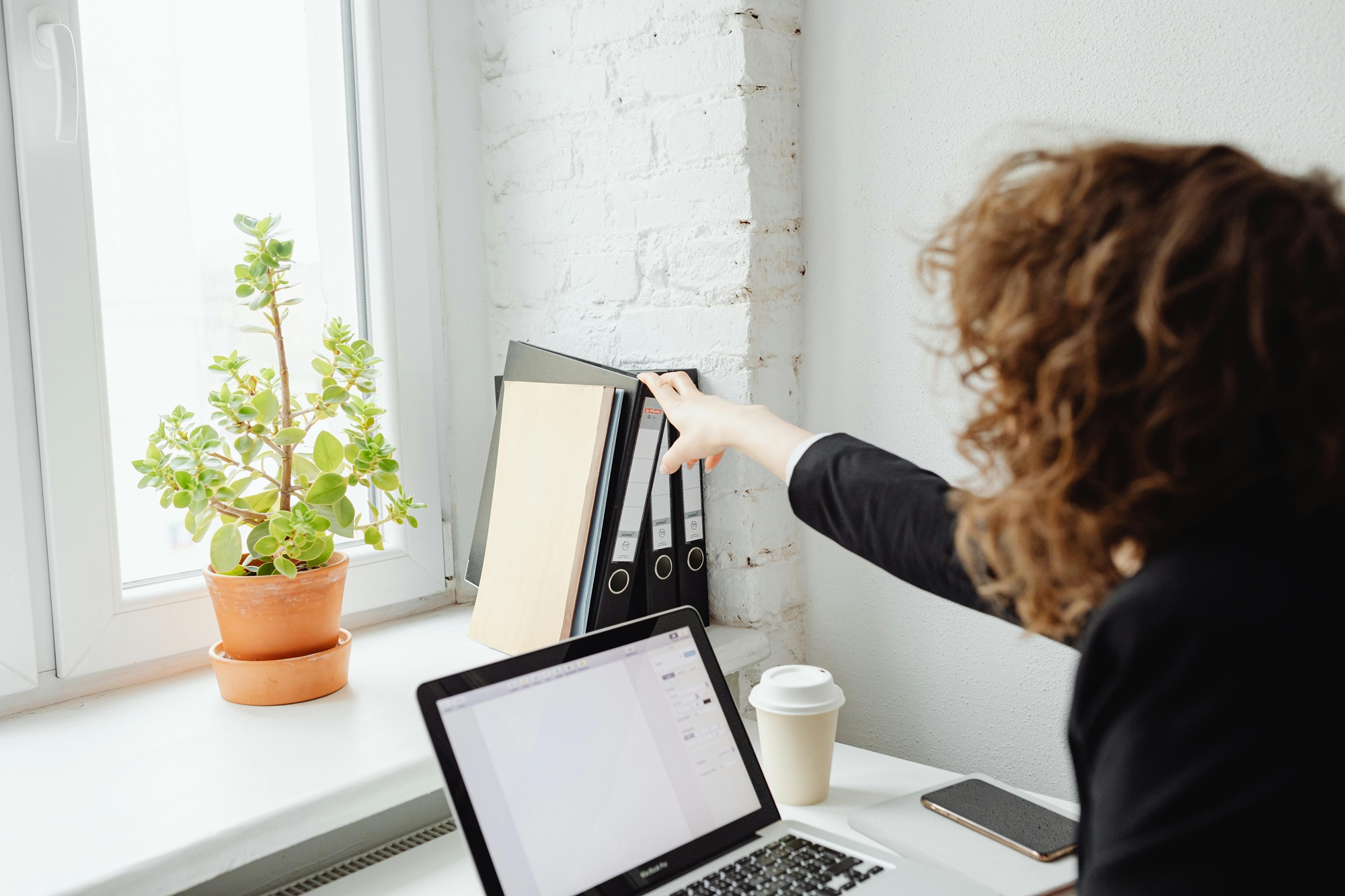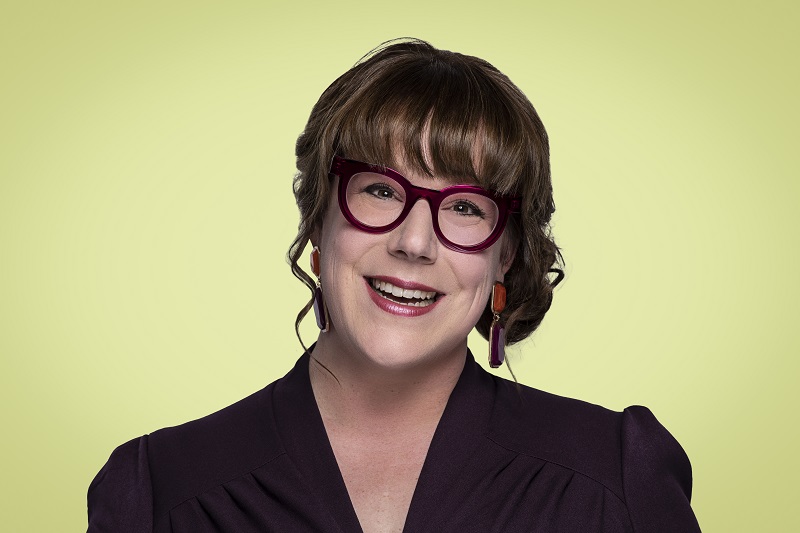When doing business in the EU, and more specifically in the Netherlands, you will probably receive purchase invoices that include Dutch VAT. You may also come across reverse charge VAT, which means you as a customer are responsible for reporting the VAT due on your purchase. As soon as you receive a purchase invoice, it is important to check whether the invoice is correct and meets all the requirements.
In this article, our VAT specialists explain several important aspects you need to consider when processing invoices. These apply to all businesses, irrespective of where your company is based.
Standard checks
Always check:
your company details
VAT identification number
the invoice date
the type and volume of the purchased goods
the payable amount
the VAT charge
the VAT treatment
If the invoice is correct, you can continue processing it in your accounting system. Always consult your advisor if you have any doubts about whether an invoice is correct.
If you use the purchased goods for activities that are subject to VAT, you are entitled to deduct the VAT that has been charged. The VAT is then included as input VAT in your return.
If the invoice is incorrect, contact your supplier immediately and ask for a credit note and a new, correct invoice. You need to do this because you are not permitted to deduct the VAT if the invoice does not meet the VAT invoicing requirements. The VAT included on the incorrect invoice then constitutes an undesirable expense.
VAT zero rate or reverse charge
If you receive an invoice that contains VAT at the zero rate or no VAT at all, you must always check whether you as a customer are obligated to declare and pay the VAT yourself.
Example 1
If your company buys goods in another EU country, such as Italy, and these goods are then shipped from Italy to the Netherlands, the supplier’s invoice will either contain the VAT zero rate or no VAT at all. For you as a buyer, Dutch VAT is due on the purchase of the goods in this situation. You will need to declare the purchase amount and payable VAT in your Dutch VAT return. If you are entitled to deduct the VAT, you can then deduct this VAT amount in the same VAT return.
Example 2
If you purchase consultancy services from an advisor in Germany, this German advisor will not charge your company VAT if you are based outside Germany. If you are based in the Netherlands, you will need to report Dutch VAT due with regard to this purchase in your Dutch VAT return. If you are entitled to deduct the VAT, you can then deduct this VAT amount in the same VAT return.
Activities exempt from VAT
Please note: application of the VAT zero rate or the reverse charge mechanism is not the same as providing supplies that are exempt from VAT. If you provide VAT-exempt supplies, you often have no (full) entitlement to deduct the input VAT.
Deduction despite not charging VAT?
Entrepreneurs often erroneously think that they may only deduct VAT on costs if they themselves charge VAT on their sales. This is not always the case, however.
If you apply the VAT zero rate as an entrepreneur, or if the liability to pay VAT is shifted to your customers, then you in fact pay no VAT to the Dutch Tax Authorities. You are, however, entitled to deduct input VAT.
Example
A US company holds stock at a 3PL (Third Party Logistics) warehouse in the Netherlands. The company sells the goods to businesses in the Netherlands, France and Spain. The US company is registered for VAT in the Netherlands and submits VAT returns here.
A reverse charge mechanism is applied to sales in the Netherlands to entrepreneurs established in the Netherlands. The VAT zero rate is applied to sales to entrepreneurs in France and Spain if the goods are shipped there.
The US company buys packaging materials from a supplier in the Netherlands. These packaging materials are delivered to the 3PL warehouse in the Netherlands. The supplier charges 21% Dutch VAT on this purchase.
The US company must check whether the invoice is complete and correct. If this is the case, the US company can deduct the Dutch VAT at 21% in the Dutch VAT return. The VAT return will therefore result in a VAT refund.
Please note: the processing of the different rates and reverse charge mechanisms in the VAT return requires close attention. The reverse charge VAT needs to be declared as well, for example. Your advisor would be happy to explain which amounts you need to declare where.
The most important document
The invoice is and remains the most important document when it comes to VAT. This applies to both your sales invoices and purchase invoices. All the parties involved in a transaction have an interest in the invoice being correct, so make sure you are aware of the relevant rules and structure your administration in such a way that any errors are recognised.
Contact
If you have any questions about your VAT position or invoicing, contact the VAT & Customs Advisory team at Baker Tilly. We’re here to help!
The legislation and regulations in this area may be subject to change. We recommend that you discuss the potential impact of this with your Baker Tilly advisor.
Other insights
-
Customs Talks: How the new EU Deforestation Regulation (EUDR) will impact business with the UK
-
EU Deforestation Regulation (EUDR): stringent rules for importers, operators and traders
-
Budget Day 2024: overview of the new tax plans & proposed legislation





